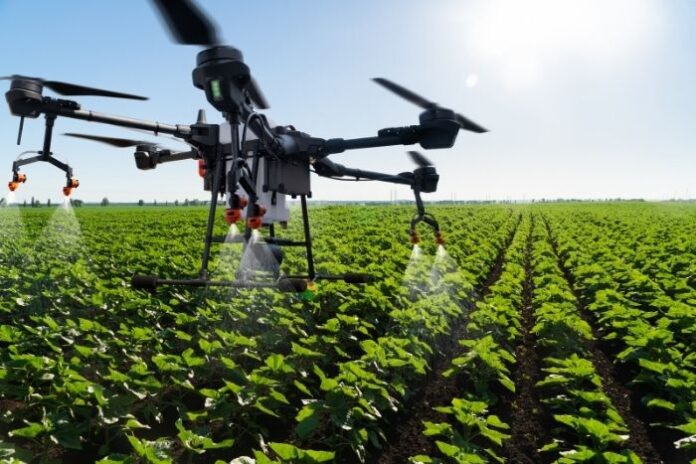When we think about the industries that benefit from technology, we often think of construction and manufacturing. But technology also shapes agriculture. The interesting impact of technology in agriculture ranges from the use of drones to specialized software.
Key Takeaways
- Technology in agriculture enhances crop care with machinery and AI, increasing efficiency and lowering grocery prices.
- Advanced tools like GPS and moisture sensors enable precision agriculture, minimizing waste and maximizing yields.
- Automated systems improve livestock management by monitoring health and enabling remote feeding.
- Robotics revolutionizes animal care, helping farmers maintain productivity with fewer resources and a smaller environmental footprint.
- As global food demands rise, technology in agriculture becomes essential for sustainable food production.
Technology and Crop Care
Thanks to the help of large machinery, farmers can care for and pick crops much more quickly. This makes the workday more efficient and eliminates human error, since crops receive the proper amounts of water, fertilizer, and more. This also benefits the consumer by keeping prices low in the grocery store. As technology advances, crops are better managed, showcasing the power of technology in agriculture.
Artificial intelligence and other advancements also lend a helping hand to plant breeding, since technology in agriculture allows farmers to use data to make the ideal hybrids. This could not only mean more food but also lessen food loss.
Finally, since farmers often rely on fuel-based machinery such as tractors, they’re one of the many industries that benefit from automated fuel management. This type of software allows users to better track their fuel use as well as what remains in their fuel tanks at any given time.
Technology and Livestock
In some locations, summer and winter bring extreme temperatures, so roaming outside could be dangerous for livestock. Technology has become so advanced that farmers can control the climate inside their barns to accommodate this. With the help of cameras or drones, farmers and ranchers can manage their livestock without being in the same location, which is another sign of how technology supports agriculture. Tools like feedlot management software enable producers to track animal health, feeding schedules, and weight gain in real time, streamlining operations and improving decision-making. Additionally, farmers can use computerized technology or phone apps to remotely feed their animals, which makes the day even more efficient.
Interesting Technology Used
Farmers utilize various types of technology to optimize plant and animal care. In addition to the aforementioned advancements—different apps, sensors, and data systems—they also use technology such as:
- GPS (global positioning systems)
- Moisture sensors
- Robots
Thanks to these devices, we’ve seen an interesting impact of technology in agriculture, ranging from enhanced crop harvesting to robotic milking machines. As in any field, advancements take agriculture one step further as farmers meet the needs of an ever-growing world.
Precision agriculture is one major result of these innovations. With GPS-guided tractors and drones, farmers can plant, water, and fertilize with pinpoint accuracy, reducing waste and maximizing yield. Moisture sensors in soil help determine exactly when and how much to irrigate, conserving water in areas prone to drought. Drones equipped with cameras and infrared sensors can monitor crop health from above, spotting problems like pests or disease long before the human eye can detect them.
Robotics has also transformed animal care. Automated feeders, temperature-controlled barns, and robotic milking systems help maintain animal health and productivity while reducing labor costs. These technologies improve not only efficiency, but also sustainability and animal welfare—allowing farmers to produce more food with fewer resources and less environmental impact.
Conclusion
Technology is revolutionizing the way we grow food and care for animals. From smart sensors in the soil to AI-driven livestock monitoring, technology in agriculture provides farmers with more tools than ever to manage their operations efficiently. These innovations not only boost productivity but also help reduce environmental impact and improve food quality. As the global population continues to grow, technology in agriculture will play a vital role in meeting future food demands. In short, the farm of the future is already here—and it’s powered by innovation.











